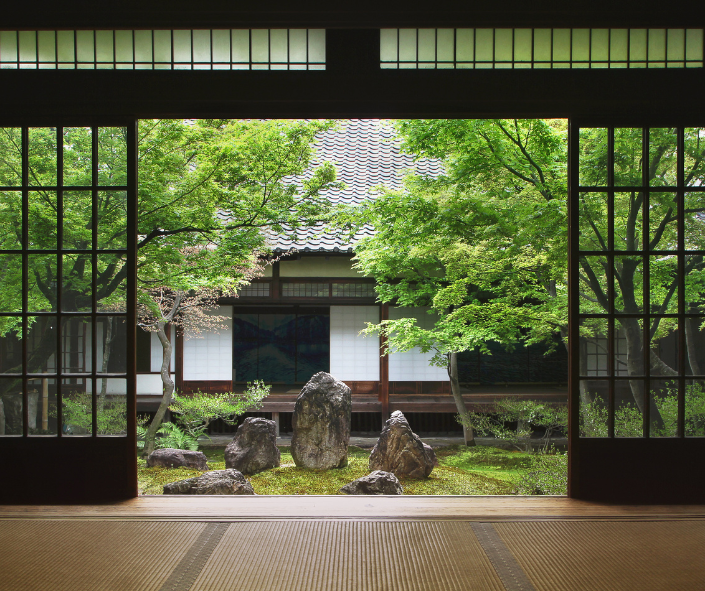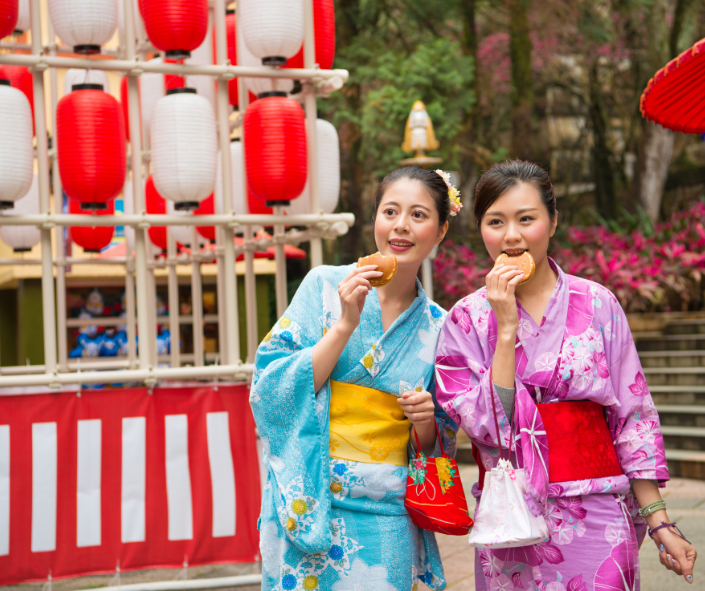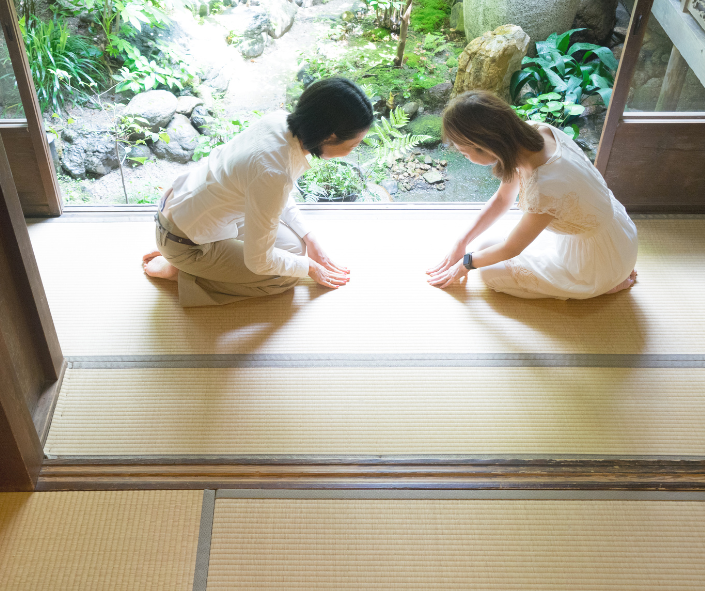Japanese culture is a rich tapestry of traditional and modern elements that have evolved over centuries. Here’s a brief overview:

Traditional Culture
- History and Heritage: Japan has a long history, with influences from both indigenous traditions and external sources like China and Korea. Key historical periods include the Jomon, Yayoi, Nara, Heian, Kamakura, Muromachi, Edo, Meiji, Taisho, Showa, and the current Reiwa era.
- Religion and Spirituality: Shintoism, the indigenous spirituality of Japan, focuses on nature and ancestor worship. Buddhism, introduced from China and Korea, plays a significant role, especially in rituals and festivals. Confucianism has also influenced Japanese ethics and societal structure.
- Arts and Aesthetics: Traditional arts include tea ceremony (chanoyu), flower arranging (ikebana), calligraphy (shodo), and pottery. Japanese aesthetics emphasize simplicity, subtlety, and natural beauty, embodied in concepts like wabi-sabi (beauty in imperfection).
- Performance Arts: Noh, Kabuki, and Bunraku are classical Japanese theater forms, each with unique styles of storytelling and performance.
- Literature: Japanese literature ranges from the ancient “Tale of Genji” by Murasaki Shikibu to modern authors like Haruki Murakami. Haiku, a form of short poetry, is a well-known literary tradition.
- Cuisine: Japanese food emphasizes fresh ingredients, seasonal produce, and careful presentation. Staples include rice, seafood, soy products, and dishes like sushi, sashimi, tempura, and ramen.
- Festivals: Matsuri (festivals) are integral, with many tied to Shinto shrines and agricultural cycles. Notable festivals include Gion Matsuri in Kyoto, Awa Odori in Tokushima, and Tanabata.

Modern Culture
- Technology and Innovation: Japan is renowned for its technological advancements and innovation in fields like electronics, robotics, and automotive design.
- Pop Culture: Anime, manga, and video games are major cultural exports, influencing global entertainment. Iconic characters and franchises, such as Pokémon and Studio Ghibli films, have widespread appeal.
- Fashion: From traditional kimono to avant-garde street fashion in areas like Harajuku, Japanese fashion is diverse and influential.
- Architecture: Modern Japanese architecture blends traditional aesthetics with contemporary design, seen in works by architects like Tadao Ando and Kengo Kuma.
- Social Structure: While retaining many traditional values such as respect for elders and communal harmony, Japan is increasingly dealing with modern issues like aging population, gender roles, and work-life balance.
Daily Life and Etiquette

- Politeness and Respect: Japanese social interactions are governed by a strong sense of etiquette, including bowing, removing shoes indoors, and using honorific language.
- Work Ethic: There is a cultural emphasis on diligence and dedication to one’s job, often associated with long working hours.
- Education: Education is highly valued, with a rigorous school system and competitive entrance exams for universities.
Nature and Environment
- Natural Beauty: Japan’s geography includes mountains, forests, and coastlines, contributing to a deep appreciation for nature. Seasonal changes are celebrated, notably with cherry blossom (sakura) viewing in spring and maple leaves (momiji) in autumn.
- Environmental Practices: There is a growing focus on sustainability and environmental protection, reflected in practices like meticulous recycling and preservation of natural sites.
Japanese culture is a harmonious blend of ancient traditions and modern innovations, characterized by a deep respect for heritage and a keen eye toward the future.
Leave a Reply